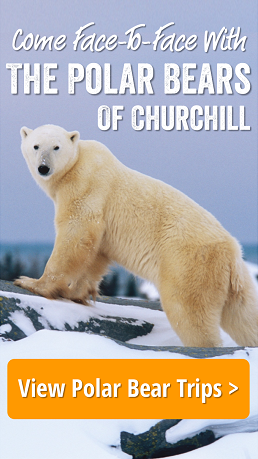by Steve Selden | Jan 13, 2015 | Conservation
Narwhals are one of the rarest and most unique whales on the planet Earth. They are also vastly mysterious and tend to capture the imaginations of many people, especially those fascinated with the Arctic. The distinct spiraled tusk or tooth that protrudes from the whales upper jaw lends to their enduring mythology. The tusk can grow up to 10 feet and some Narwhals will even sprout two tusks. These animals can weigh up to 4,200 pounds and grow to 17 feet in length. The photo below by Paul Nicklen for National Geographic and World Wildlife Fund provides a great look at the Narwhal’s tooth.

Narwhal with spiral tooth rising from the Arctic water. Paul Nicklen photo for National Geographic and World Wildlife Fund.
The Narwhal population is currently at more than 80,000 worldwide. The majority are found in Atlantic and Russian Arctic sea waters. Smaller populations dwell in Greenland and Norwegian waters. In summer they migrate in pods of 10-100 whales closer to shorelines and in winter they swim farther out to sea and live under sea ice, surfacing in open leads of water. Their preference is to stay at the surface but Narwhals can dive up to 5,000 feet. They feed wherever they can find krill, fish or squid in the cold northern waters.
Narwhals communicate through various trills, clicks and squeals. Males will often cross tusks in behavior known as “tusking“. Scientists are researching this behavior trying to distinguish whether it’s another form of communication, sexual display or friendly contact. Females become pregnant between March and May and have a gestation period of up to 16 months giving birth to a single calf. Calving every three years, females will nurse for a year or more.
The environmental conditions in which narwhals exist are truly awesome in that they require uncanny survival traits. Existing in the extreme cold and icy regions takes a unique genetic make-up. Narwhals are also being threatened by increasing oil and gas exploration in their native waters. All this exploration leads to more ocean shipping traffic as well. These factors cause noise pollution in the dark ocean waters where narwhals and other marine mammals rely on quietness to communicate with each other and locate food sources. This relatively new and growing threat could lead to dire consequences for many species. For more information check out this World Wildlife Fund site. This WWF initiative helps raise awareness of the noise pollution affects and address the threats to Narwhals and other whales and marine mammals.
by Steve Selden | Jan 12, 2015 | Churchill Photography
Polar bears get all the press in Churchill, Manitoba. They are why most travelers head north to the Hudson Bay shoreline… hoping to see the “king of the Arctic”. Another animal is quite prevalent in the area and they inhabit the town year-round.
Sled dogs of different breeds are scattered all across the tundra on the outskirts of town. Mushers locate them in groups of 10-50 in designated areas on crown land leased for that purpose. With the increasing popularity of dog-sledding from a tourism standpoint as well as the increase in passion for professional endurance races such as the Hudson Bay Quest, the iconic “husky” sled dog has become an animal attraction for those wanting to get the full flavor of the Arctic.
Enjoy these fantastic photographs from Churchill…the new “sled dog” capitol of the north!

Hudson Bay Quest race start 2014 in Churchill, MB. Brad Josephs photo.

Canadian Eskimo sled dog outside Arctic Trading Company in Churchill. Karen Walker photo.

Sled dog team waiting for the signal in Churchill.
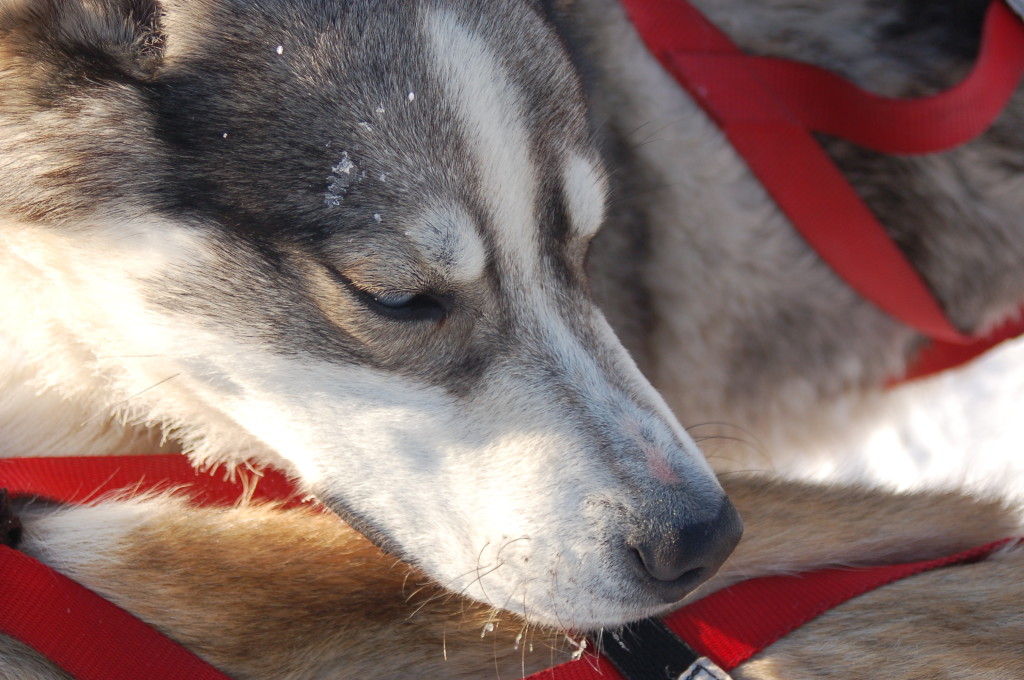
Sled dog taking a quick rest between runs in Churchill.

Churchill musher Charlie Lundie and his dog team. Steve Selden photo.
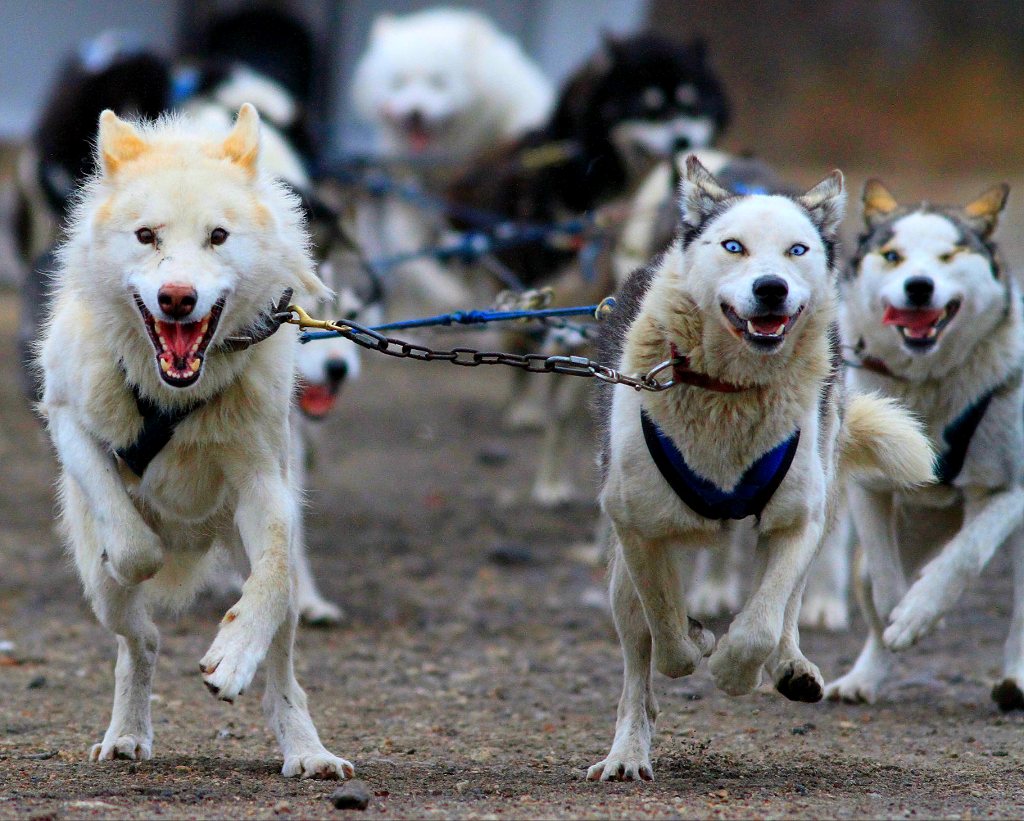
Churchill sled dogs going for the gold. Brad Josephs photo.
Come to Churchill for a sled dog excursion with Natural Habitat Adventures! visit nathab.com for more information on these incredible experiences.
by Steve Selden | Jan 11, 2015 | Churchill News
A pingo is a mound of earth-covered ice found in the Arctic and sub Arctic reaching up to 70 meters high and up to 900 meters in diameter. A pingo is a periglacial land form, or a form of patterned ground that is a characteristic of colder climates such as the Arctic or sub-Arctic. The term originates from the Inuvialuktun word for a small hill.
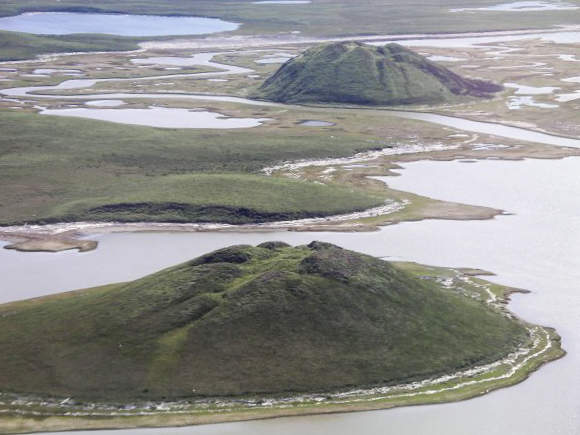
Periglacial is a term used to characterize an environment located on the margin of former glacially active territory. Most of these regions now have layers of permafrost beneath the the top layer of soil. However, freeze and thaw cycles can influence landscapes outside areas of past glaciation. Periglacial environments are regions where freezing and thawing alter the landscape significantly.

Pingo locations in the Canadian Arctic.
They are essentially formed by ground ice which forms during the winter when temperatures dip below the freezing point. When ground water seeps into cracks in the ground it freezes and creates “lenses” of ice which slowly increase in mass as more and more water trickles in. As they grow larger in sizes, the ground above rises from the source forcing the ground to form huge domes. Pingos can be 50-metres high and 900-metres wide. In some, the ice lens has melted and the dome has collapsed into a volcano-shaped hill.plural form is “pingos”.

by Steve Selden | Jan 10, 2015 | Churchill Photography
This is one of my favorite polar bear photos from Churchill, Manitoba. Hopefully, most polar bears are enjoying a bountiful hunting season out on the Hudson Bay pack ice.
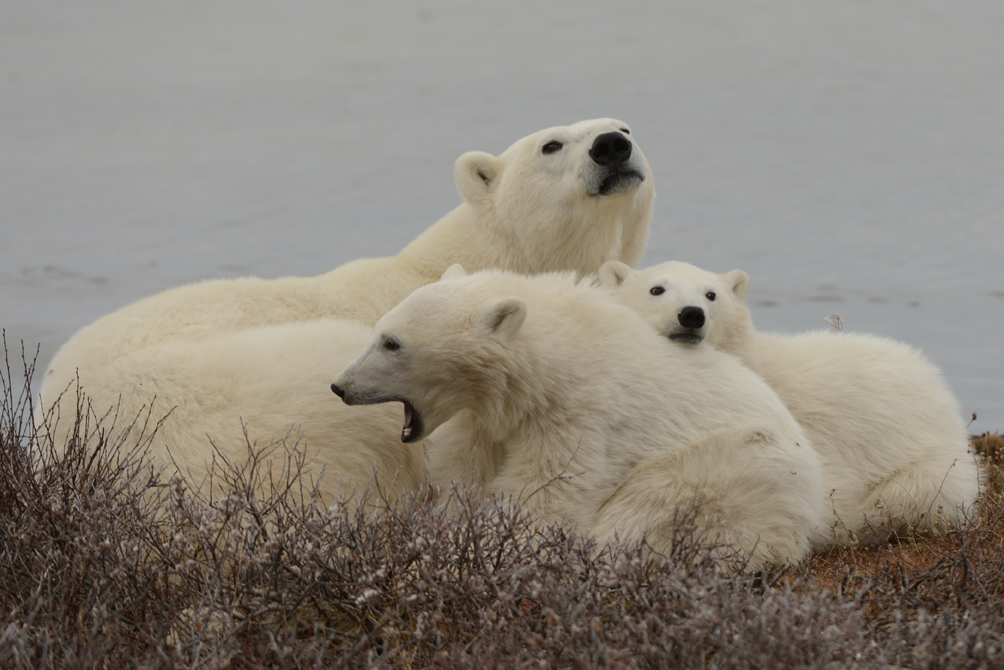
Polar bear cubs with mother by the coast of Hudson Bay. Kurt Johnson photo.
by Steve Selden | Jan 9, 2015 | Churchill News
Eskimo kissing as we know it in western culture never really happens the way it’s depicted in movies or media. The myth of Inuit or Eskimo’s kissing by touching nose to nose as a romantic gesture is only myth. The gesture is based loosely on a traditional Inuit greeting called a kunik. The Hudson Bay coast north of Churchill is predominately Inuit.

A kunik is a way of expressing affection, usually between loved ones and family members, involving pressing the nose and upper lip against the loved ones’ skin (often the forehead or cheeks ) and breathing in, causing the loved one’s skin or hair to be suctioned close to the nose and upper lip.
This practice morphed into the myth that Inuit “kissed” this way to prevent their mouths from freezing together. Nanook of the North, the infamous 1922 documentary of Inuit life in the northern regions may have spurred the myth by depicting such behavior in the film. The gesture, in actuality, is a non-erotic greeting between Inuit that often have only noses and eyes exposed due to the severity of the cold weather in the northern region.
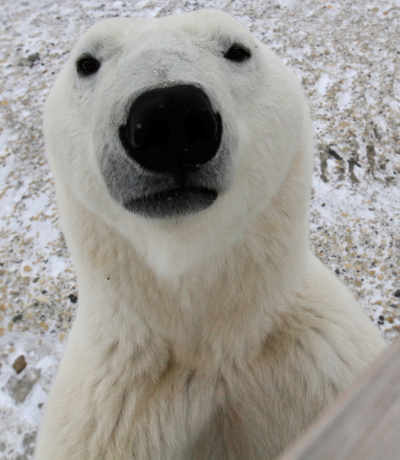
Would you give a polar bear an Eskimo kiss? Brad Josephs photo.
Yes Inuits kiss on the lips just like most other people in the world. With all the flu viruses circulating around the west, especially in wintertime, maybe we all should adopt the kunik during those contagious times.
Hope you enjoy this northern culture video from Blick Van Glory. Eskimo Love Song is their second music video that was produced in 2008.
by Steve Selden | Jan 8, 2015 | Videos
When you visualize snorkeling you usually think about the Caribbean and warm water lapping your tanning skin. Well, Churchill snorkeling is slightly different….about 30 degrees cooler in water temperature to be frank.
However, Sea North Tours in Churchill has all the insulated dry suits and gear to facilitate jumping into the Churchill River to mingle with the “canaries of the sea”, as beluga whales are known. This video has some amazing sound captured from the hydrophone equipment on the accompanying zodiac.
I can tell you first-hand this surely is an incredible experience you will remember forever!














